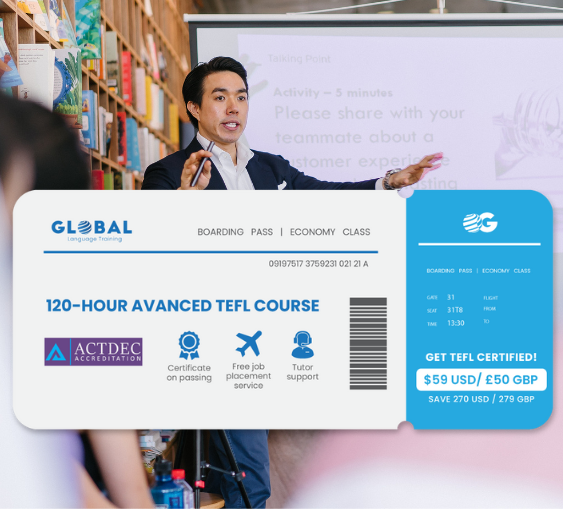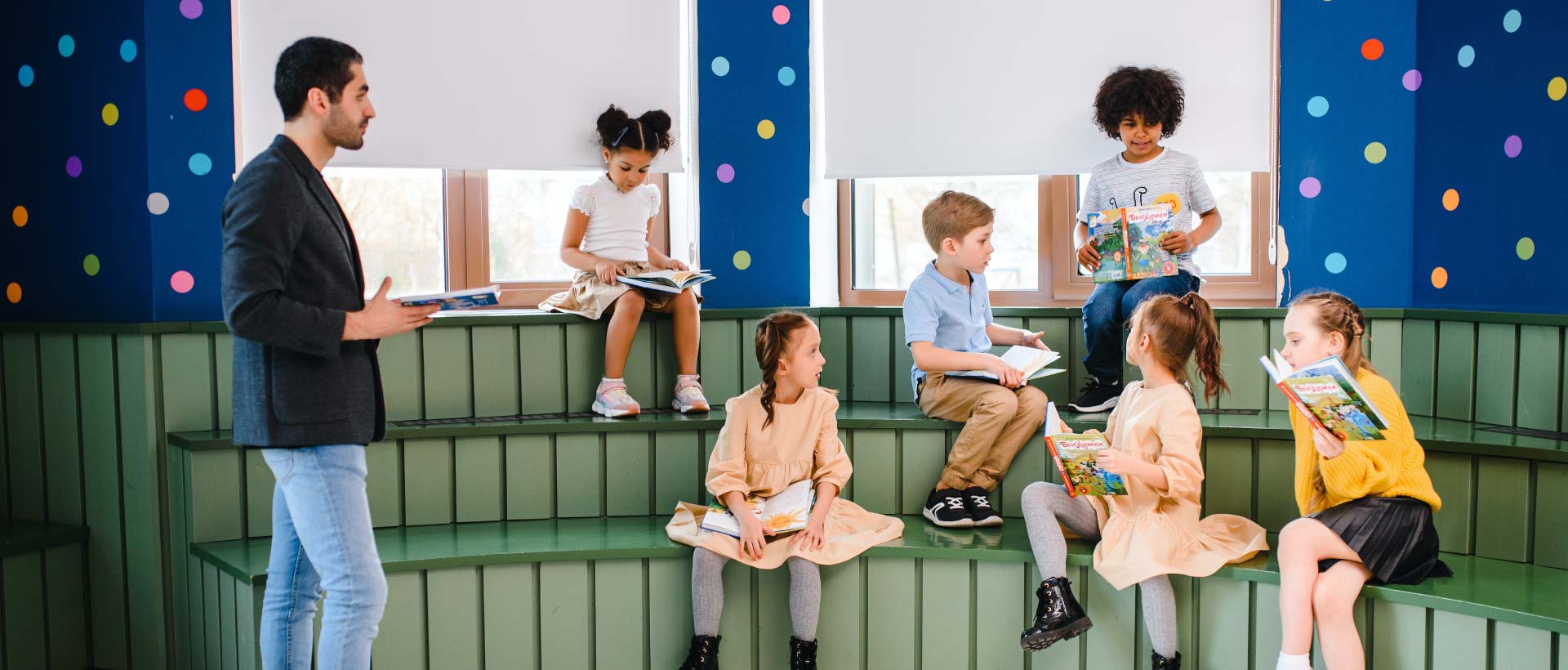AI, both an exciting future and a potential threat to various industries, has rapidly grown. ChatGPT and competitors like BardAI are making waves in boardroom discussions. The debate on AI's impact, whether a threat or a tool, is ongoing. Teachers, including TEFL instructors, can explore its use in the classroom for engaging conversations and utilizing available tools for games and exercises. Let's delve into incorporating AI in the TEFL classroom.
Acknowledging AI
In the realm of education, your students have likely grown up in the digital age. Given the prevalence of online experiences, it's safe to assume they're familiar with AI, with platforms like Snapchat even featuring AI bots. Ignoring this reality won't be effective.
As a teacher, it becomes crucial to address AI openly. Setting clear parameters is essential because some students may attempt to use AI for homework or assignments, testing if their actions go unnoticed. It's important to communicate the unacceptability of such practices and make students aware of methods to detect AI usage.
While AI can't replace the value of proper teaching and active engagement in learning, acknowledging this rapidly advancing technology in the classroom can build trust. Pretending AI doesn't exist won't benefit anyone. Embracing its potential, on the other hand, opens up opportunities for meaningful discussions on ethics, showcasing AI-generated essays, and creating tasks centered around AI narratives.

IA Games
Now, your students will naturally be curious about platforms like ChatGPT. How do TEFL teachers gamify the experience and create learning outcomes?
Visual learning is a great starting point. Test your students' creativity with programs like Dall-E or Midjourney, using English-language prompts to create surrealistic pieces of art. This approach is an excellent way to bring discussions around AI to life.
Another engaging method is to have students use ChatGPT in English to write prompts and answer questions. This can be a self-directed activity. For instance, ask students to perform presentations on a topic of interest, utilizing AI information for data gathering. Alternatively, set an essay question, allowing students to gather information from an AI program.
These exercises function as effective translation tasks and promote self-directed study. Allowing students to be creative in their English learning enhances recall. Studies indicate that such creative approaches can boost motivation and clarity of learning objectives.
Lesson plans
AI can directly assist teachers by revolutionizing lesson planning. Traditionally, crafting lessons suitable for diverse learners has been a formidable challenge, requiring years of experience across various classes. The prospect of algorithmic lesson planning, powered by AI, offers a potential solution.
One way AI can contribute is through services like ChatGPT. By utilizing specific prompts, such as "Create a lesson plan for a class covering [concept being taught] with a variety of activities and assessments," teachers can generate tailored plans for their students. Nick Peachy's guide, "A Teacher's Prompt Guide to ChatGPT aligned with 'What Works Best,'" emphasizes the importance of providing AI with sufficient details for effective planning.
It's crucial to note that AI is not meant to replace teachers entirely. While AI can offer solutions to lesson-planning challenges, human correction, editing, and adjustments are still necessary. Teachers using this technology should possess the skills to discern when manual intervention is required.
Despite its imperfections, leveraging AI in lesson planning is an intriguing application of new technology. Beyond addressing specific teaching challenges, it streamlines organizational aspects, saving valuable time for educators overwhelmed by increasing workloads.
The homework issue
We've discussed the potential misuse of AI in academic settings, specifically regarding schoolwork. It's crucial to address what we'll term as "the homework issue." While setting guidelines and rules is essential, establishing trust with students is equally important to prevent tools like Bard and ChatGPT from making translations and creative tasks too easy.
Consider shifting away from assignments with lengthy text passages. Instead, utilize AI in presentations, group tasks, and creative projects to enhance proficiency. When dealing with extended text, remind students that AI-generated content can be detected by plagiarism programs. These tools are continually improving, paralleling the advancements in AI, making it crucial for students to uphold academic integrity.
Moreover, it's worth noting that AI doesn't yet produce flawless phrasing in foreign languages. Google Translate, for instance, faced issues with improper phrasing, synonyms, and uncommon language usage. Teachers quickly learned to identify instances where Google Translate had been employed for homework assignments.

The future
In the potential future of education, automation could transform schools by providing personalized lesson plans for teachers or even creating individualized lessons for students. The role of AI in education remains uncertain.
However, this future isn't a reality yet. While tools like Bard and ChatGPT might seem daunting for teachers, current technologies can be a significant asset in the TEFL classroom. Embracing these tools early on offers opportunities for TEFL teachers.
AI's current strength lies in idea generation for games, challenges, and homework tasks. Using highly intuitive software to generate ideas doesn't diminish your teaching skills. AI can also serve as an organizational tool, aiding in workload prioritization and eventually helping coordinate your calendar.
However, it's crucial not to rely heavily on AI at this stage. The technology is still in its early phases, so it's essential to retain your teaching methods. Your TEFL course knowledge, advice from fellow teachers, and your own experiences are currently more valuable resources.







